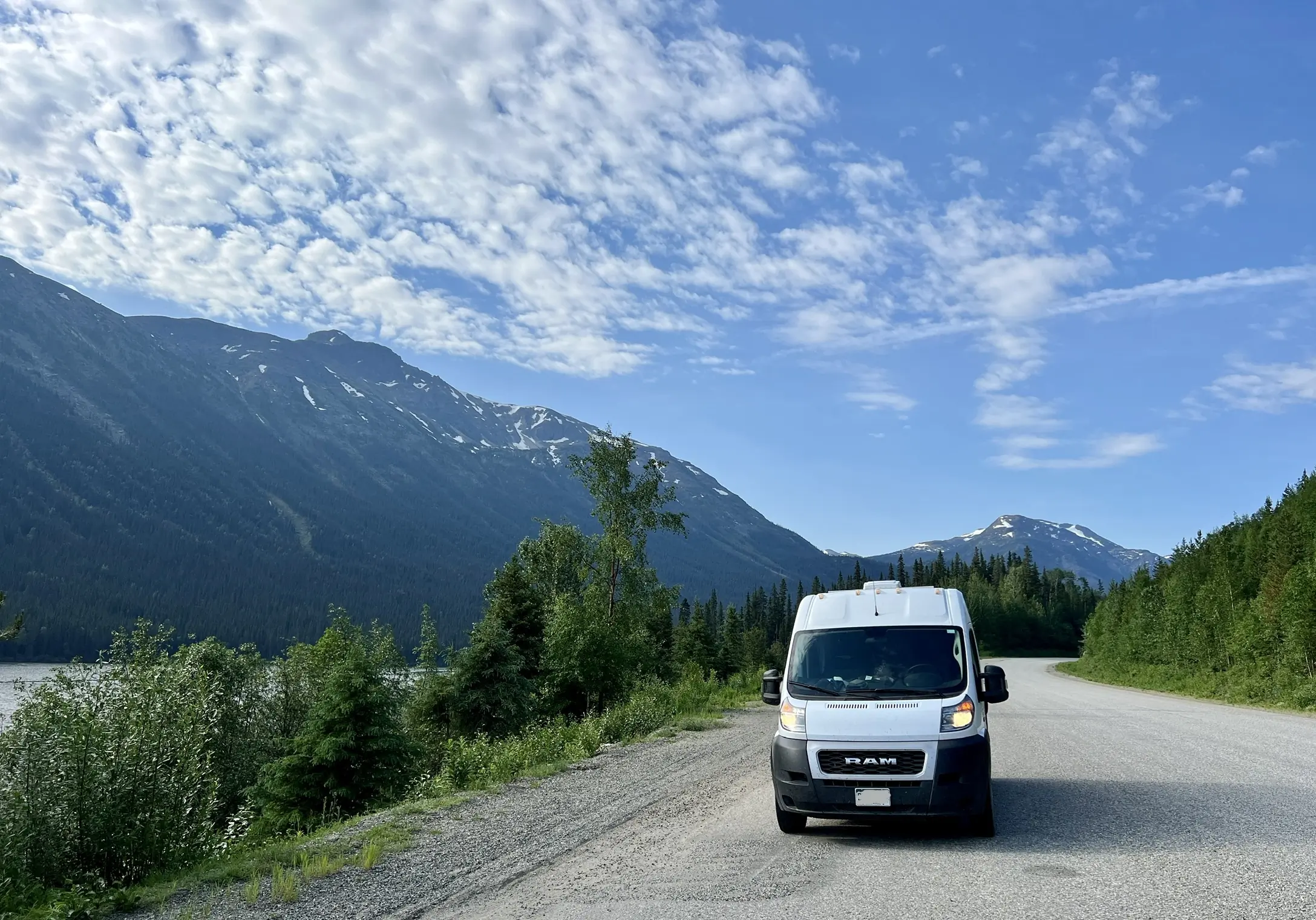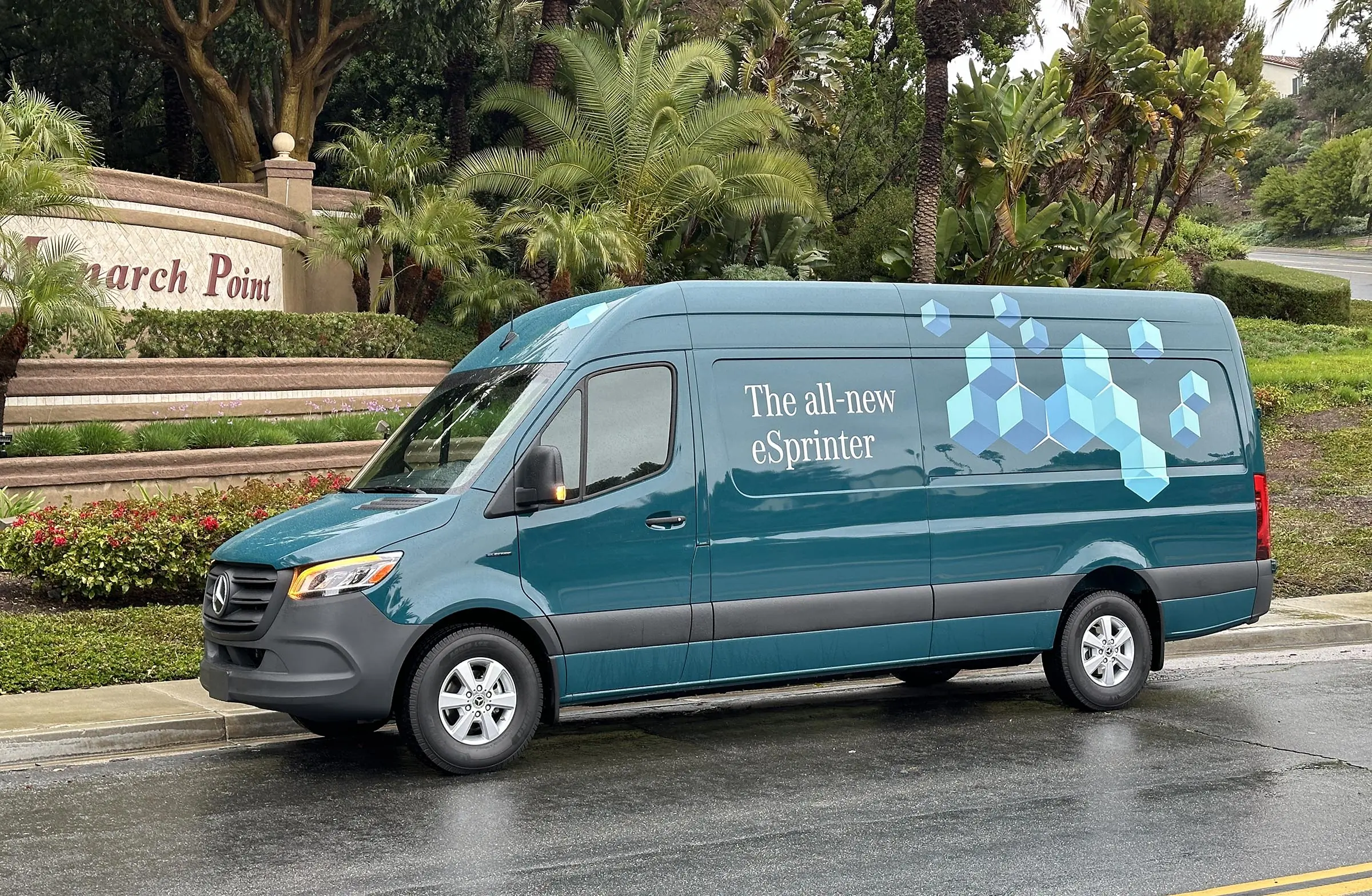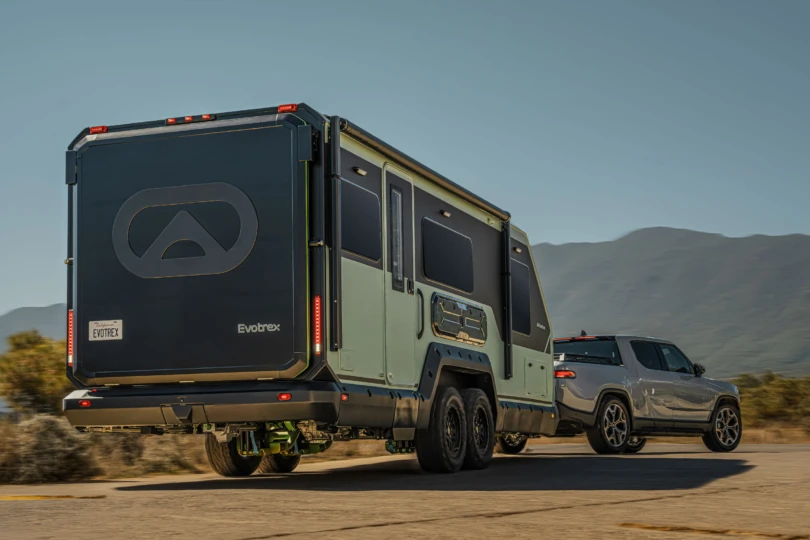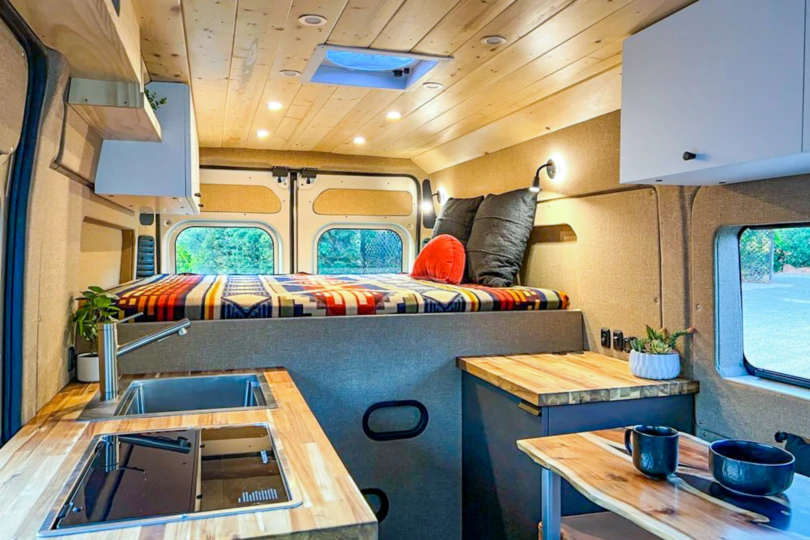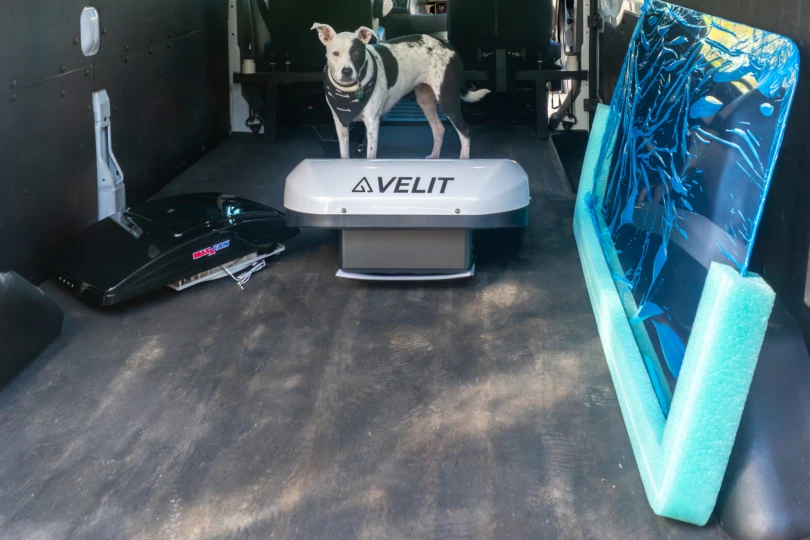Social media influencers give van life a somewhat misleading image. Their profiles make it look dreamy, full of attractive-looking people hanging out worry-free in picture-perfect locations nonstop. Selling that fantasy is a great way to get a bunch of likes, which in turn is the fastest way to get brand sponsorship and start making money.
But, I’ll be the first to tell you that they aren’t showing you the full picture. And if they are, they certainly aren’t living that fantasy lifestyle full-time. Truly living in a tiny space, day in and day out, 12 months a year, is no cakewalk.
It can be an amazing adventure, and it can be a lot of fun. But it also comes with some harsh realities and lessons you’ll inevitably learn the hard way.
We did, at least. My wife and I lived full-time out of our van for over 2 years, traveling across North America. We met so many people who began van life enthusiastically, only to burn out and sell their vans after just a few months.
In fact, we noticed a gap in the full-time van life community. There were those who’d only been in their van for a few months and those who had been traveling for years. Not many people fell in between.
We’ve since shifted to part-time van living. We’ll still hit the road for a month or more, but we’re no longer full-timers. And it seemed a shame to let all of our hard-learned lessons about van life go to waste.
So, here are 10 of the toughest lessons that we learned while living in a van full-time for 2 years. If you’re serious enough about this lifestyle to buy a van, you should at least be clear about what you’re getting into. Maybe then, you’ll be better prepared for the harsh realities that come with it.
How to Live in a Van: Wisdom From the Road
1. Watch the weather carefully — an inch of rain can strand you in the desert
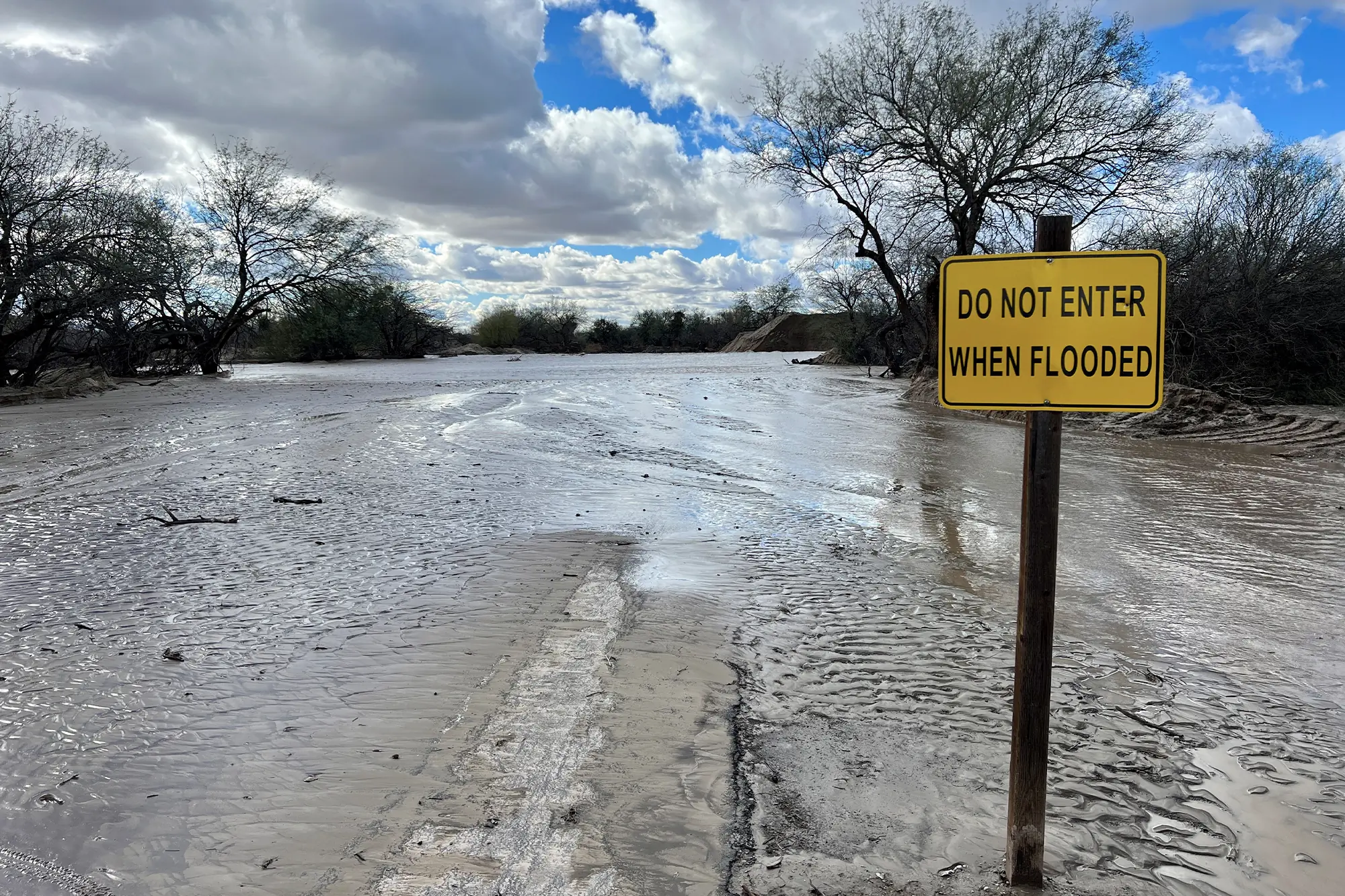
On one ill-fated trip, I noticed some incoming weather in the forecast while I was trying to find a campsite. I was a bit hesitant about the first site I chose, but it didn’t look like serious weather.
This was New Mexico, after all. I figured I’d be all right.
I was wrong. The storm dramatically overperformed, dropping the most rain in a single day that the Albuquerque area had seen in many years. My van’s tires got hopelessly stuck in the mud.
Less than 2 months later, I noticed another big rain system, this time in the Tucson area. We’d booked a site in a nearby campground that featured paved roads, flush toilets, and hot showers. But as we approached Catalina State Park, I made a last-minute decision to disperse camp instead, in an area not far away.
Again, we were flooded out, and again, we (along with over a hundred other campers) were stranded. It took over a week to leave Catalina State Park.
One of the great allures of living in a van is your proximity to the natural world. You can wake up, open the sliding door, and walk into the forest or desert. However, when the weather goes south, you have to be very mindful of where you’re camping.
We got off the hook easy. Floods can ruin vehicles or get them far worse stuck than ours did.
2. Finding beautiful campsites can be challenging and stressful
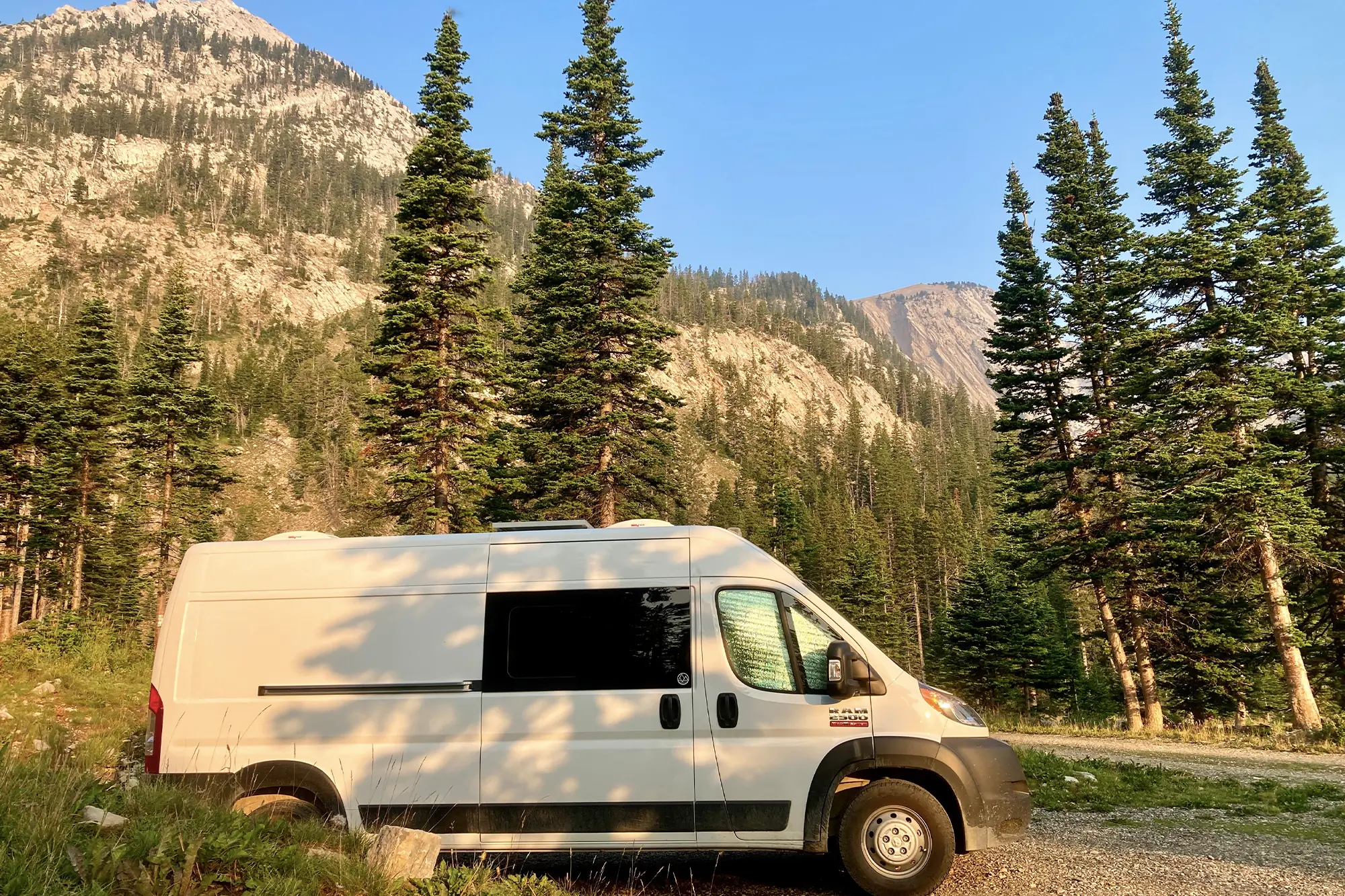
Camping in beautiful locations with gorgeous views is ultimately the entire point of living in a van. But finding those idyllic spots can not only be challenging, it’s also often stressful.
Sometimes, when we would arrive at a campsite we’d planned to stay at, the reality was much different than expected. There might be trash dumps, the site could be unexpectedly closed to camping, or it could be full of other campers.
Furthermore, planning arrival and departure times can be stressful, too. Especially on holiday weekends, there’s serious pressure to arrive before the crowds.
Dispersed camping is usually more abundant but presents challenges of its own. When I arrive at a destination, sometimes I’ll spend over an hour scouting and flagging potential camping locations.
Some carefree van lifers claim they never plan where they’re going to camp or even when they’ll arrive. But in my experience, that’s good way to end up sleeping in a Walmart parking lot. And after a while, sleeping in lots starts to feel less like camping and more like being unhoused.
3. Make sure the toilet is depressurized before opening it
If your van has a cassette toilet, make sure to pull the handle out to depressurize it before opening the lid. If you’ve driven up in elevation since the last time you opened the toilet, it can become pressurized.
Then, when you open it, a fine mist will erupt from the bowl.
Don’t ask my wife how she learned that one.
4. Just because your phone says ‘LTE’ or even ‘5G’ does not mean you have enough data to work from it
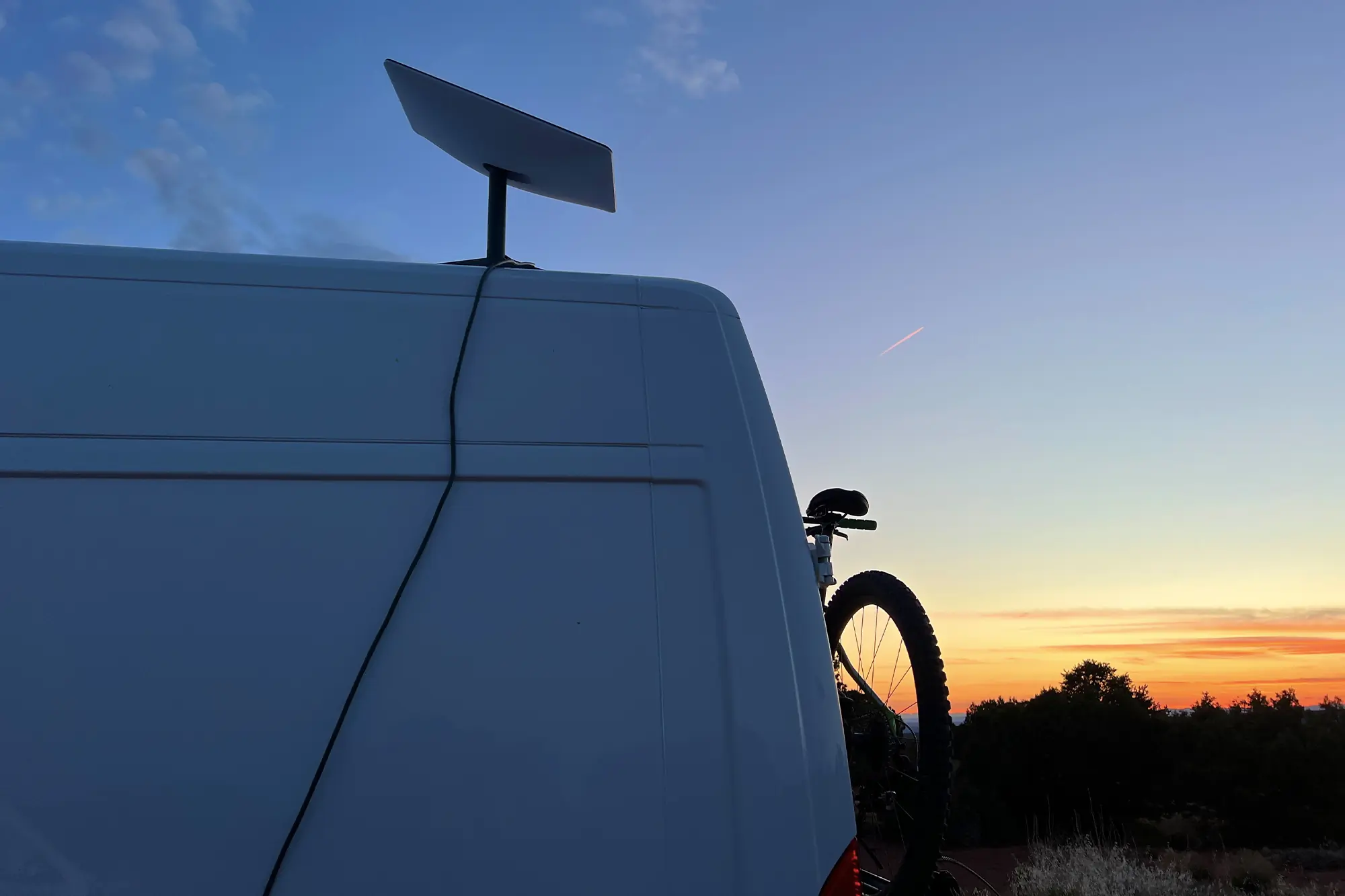



The number of bars that your cellphone displays or even the distinction between 5G and LTE means almost nothing regarding the actual data speeds your cellphone will provide.
If you plan to work from your cellphone hotspot in a specific campsite (or even in town), run a “speed test.” Open your cellphone’s web browser and go to OpenSpeedTest.com. That allows you to determine what actual internet speeds you’ll get in that location.
The more often you run this test, the more you’ll realize that the number of bars your phone shows is not always accurate.
You’ll also realize that if you’re on the edge of a cell network (like most campsites out in the forests and the mountains), you may also have high speeds at one minute and nothing the next. It’s no wonder that StarLink has been revolutionary for full-time van lifers.
5. Don’t clean ice buildup from a freezer with a pocket knife
Most mini-fridges include a small freezer. However, they tend to accumulate ice, especially in humid environments.
Whatever you do, do not attempt to chip the ice out of the freezer with a pocket knife. Instead, turn down the fridge/freezer’s temperature, allow the ice to melt a bit, fall off the sides, and then scoop it out by hand.
While I successfully chipped the ice out of my freezer with a knife for over a year, one day, my hand slipped, and the tip of the knife punctured the lining of the freezer.
I learned the hard way that the coolant for the entire fridge/freezer runs beneath that liner and that there was effectively no way to repair the liner or even replace just the freezer. Instead, we had to buy a brand-new freezer-fridge combo. And it was not on sale.
6. Things break — and you find a way to deal
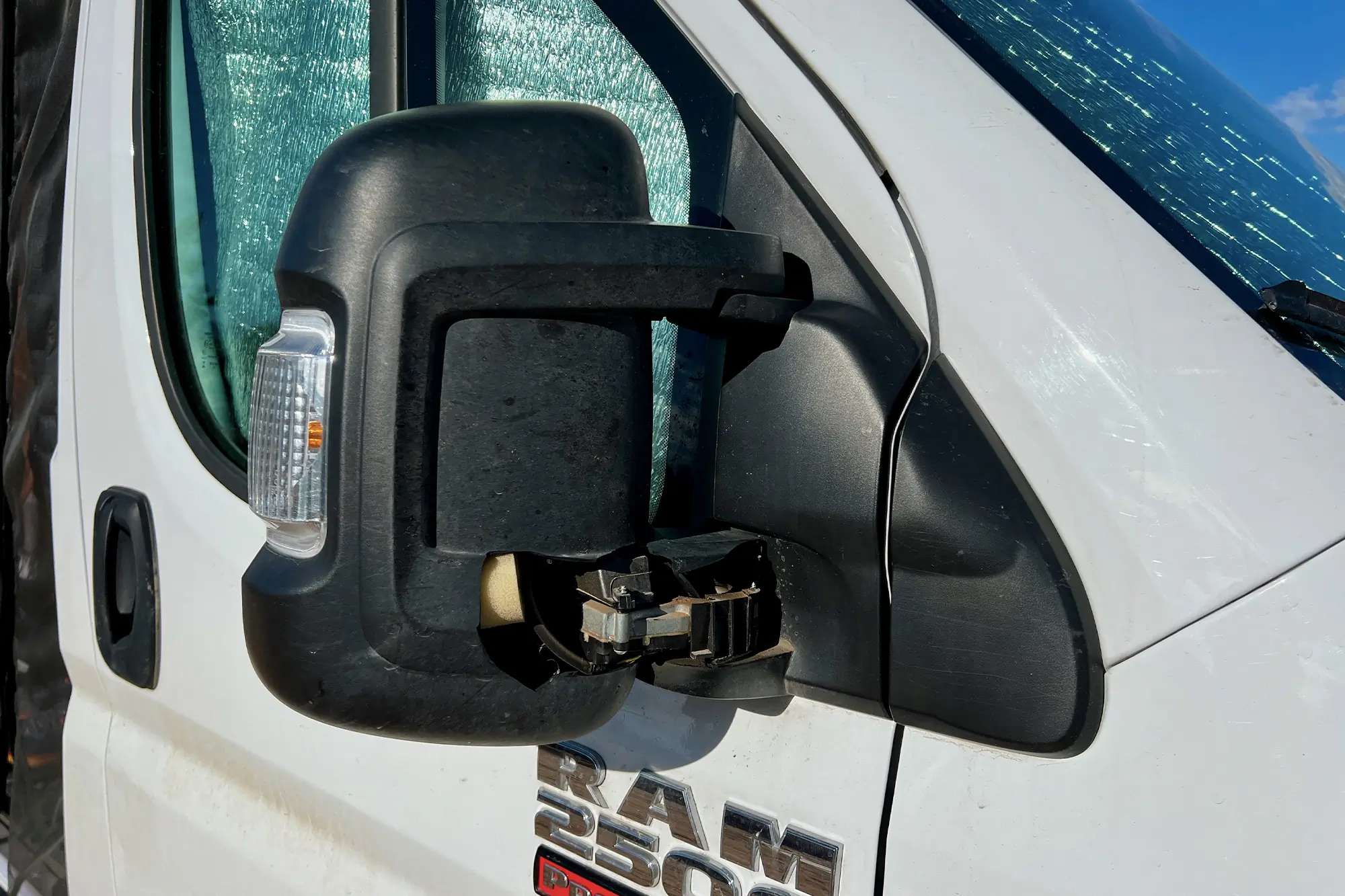



Whether it’s a damaged mini fridge, a broken side mirror, or bashing your oil pan on a boulder, one thing is certain — shit is going to break. And then you’ll have to find a way to deal with it.
While some fixes can be made with duct tape and gumption, others require a shop and specialized tools. And that is going to cost you.
While living in a van is supposedly “affordable,” it can be a shock to go from not paying rent for months to spending thousands to fix a major mechanical issue. To prepare for these expenses, it’s a good idea to either budget a monthly amount for repairs or keep a healthy emergency fund in your savings account.
But even if you have the money to fix the problem, simply finding a shop that can do the work and then fitting it into your travel schedule is often daunting. That could mean planning months in advance to get to a dealership. Or, in the worst-case scenario, you may have to rent a hotel room or Airbnb while your van gets repaired.
7. You can (and likely will) concuss yourself on a cabinet
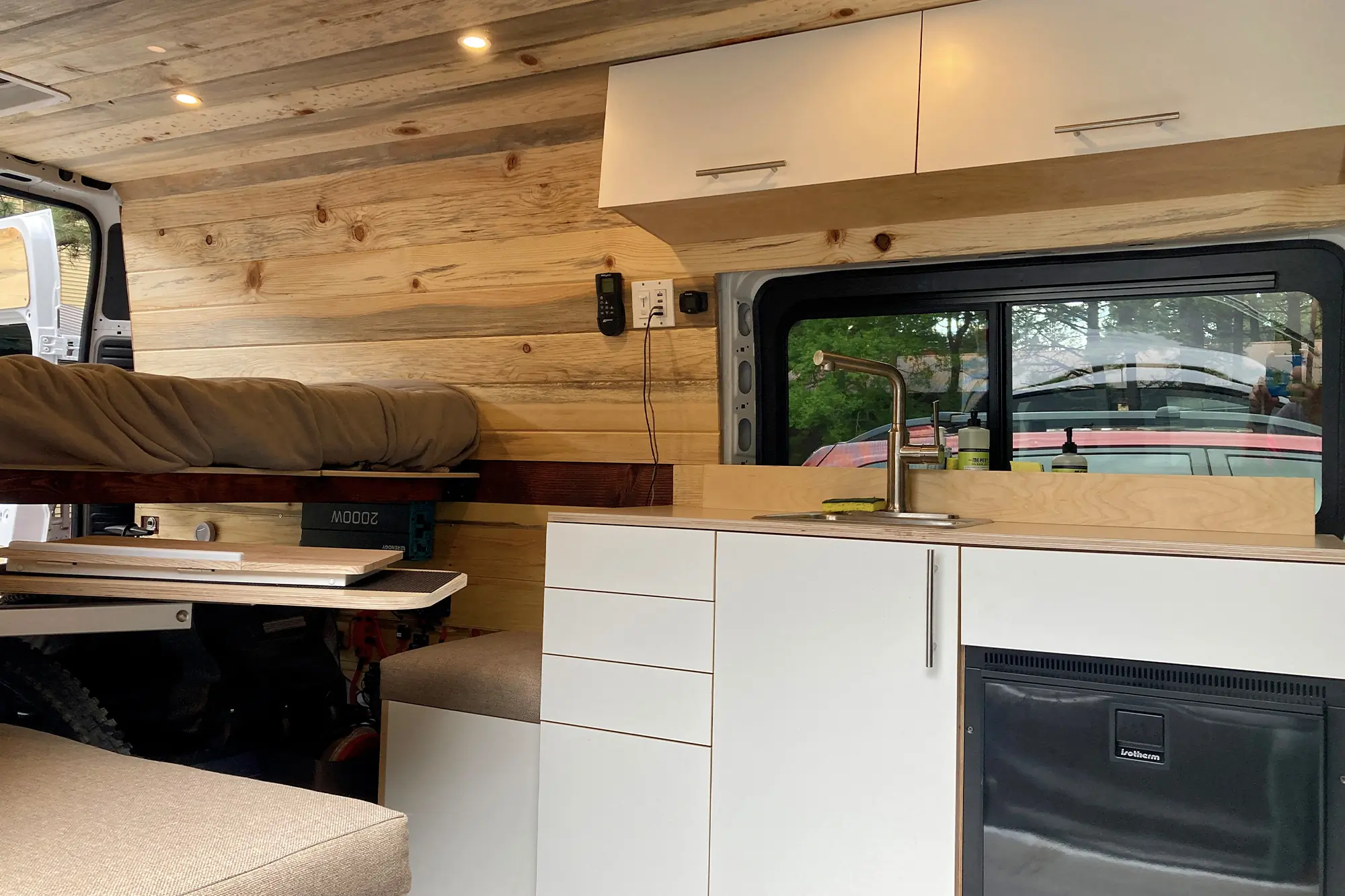



Even for the shorter people among us, a van is a cramped space. If it’s packed full of camping, biking, and travel gear, it can feel downright claustrophobic.
Whether you bang your head on the corner of a cabinet or on the roof while trying to walk into the van’s cab or sitting up quickly in bed, eventually, it happens to everyone.
8. Friendships are challenging to build and harder to maintain
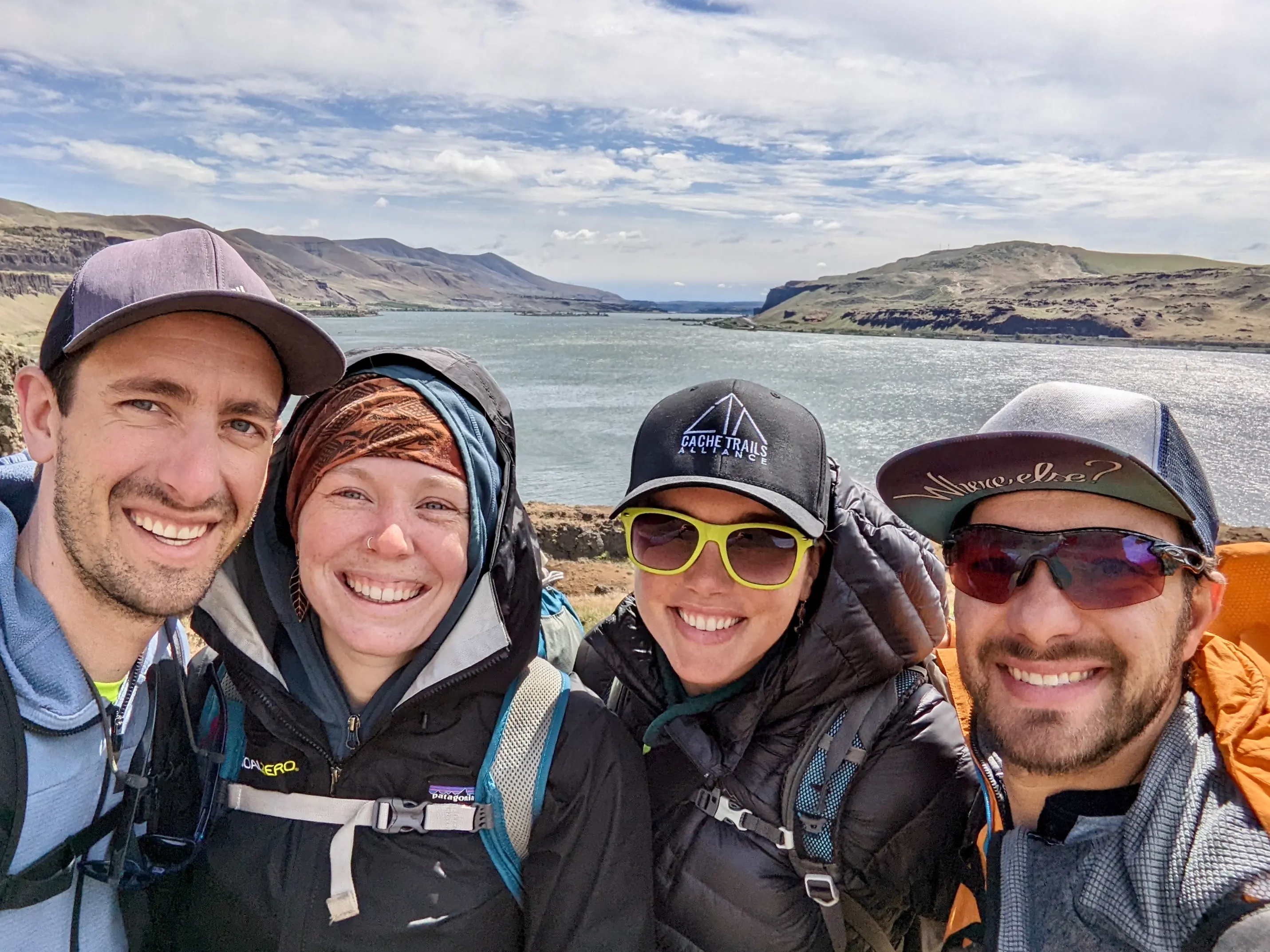



… but you’re guaranteed to meet many amazing people along the way!
Freedom and community exist on opposite ends of the spectrum. You’re choosing to give up the community and close relationships by roaming the world and not committing to one location. There’s almost no way around this reality.
In fact, many ex-van lifers we’ve spoken with cite this as one of the main reasons that they’ve stopped traveling full-time.
Until you’ve spent years wandering through towns only having superficial conversations with baristas at coffee shops and the local bike mechanics, you don’t quite understand what it feels like to constantly be on the outside looking in.
In the same breath, it’s also true that you’re guaranteed to meet amazing people along the way. They could be rad locals, but more often than not, you’ll find that you bond with other travelers who live the same way you do.
While these relationships help make this nomadic lifestyle livable, the type of community you build as a nomad differs greatly from what you’ll find while living in a town.
9. Van life vacations are great, but coordinating two full-time work schedules can be challenging
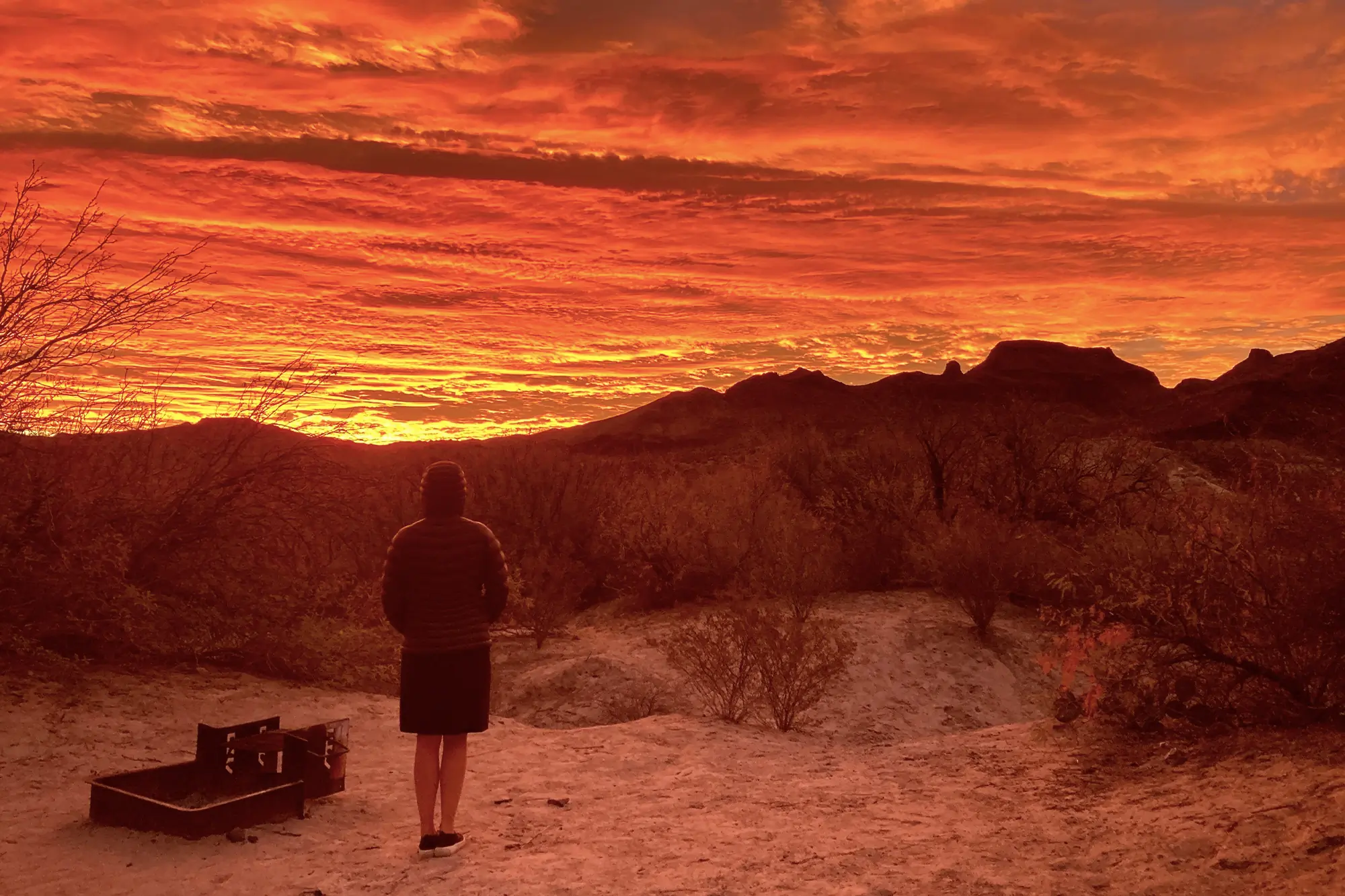



Work challenges were one of the two most significant factors that prompted us to stop the full-time van life. Yes, we both worked full-time remote jobs for over 2 years on the road. But toward the end, the constant schedule coordination, wrangling meetings, dealing with the aforementioned internet issues, and general work stress all took their toll.
Our favorite van life moments were when we could take vacation time and simply travel, adventure, and roam the continent.
Camping on the banks of the Rio Grande and looking across the river into Mexico, driving through the depths of the Alaskan bush, swimming in hidden lakes in British Columbia, climbing mountains in Colorado, straining our necks as we looked up at the towering redwoods in California — these are the moments that made van life worthwhile.
The truth is that there’s a dramatic difference between trying to hold down a job and live in a van and the carefree wandering that #vanlife influencers claim they enjoy (but rarely do).
10. Medical care, full stop
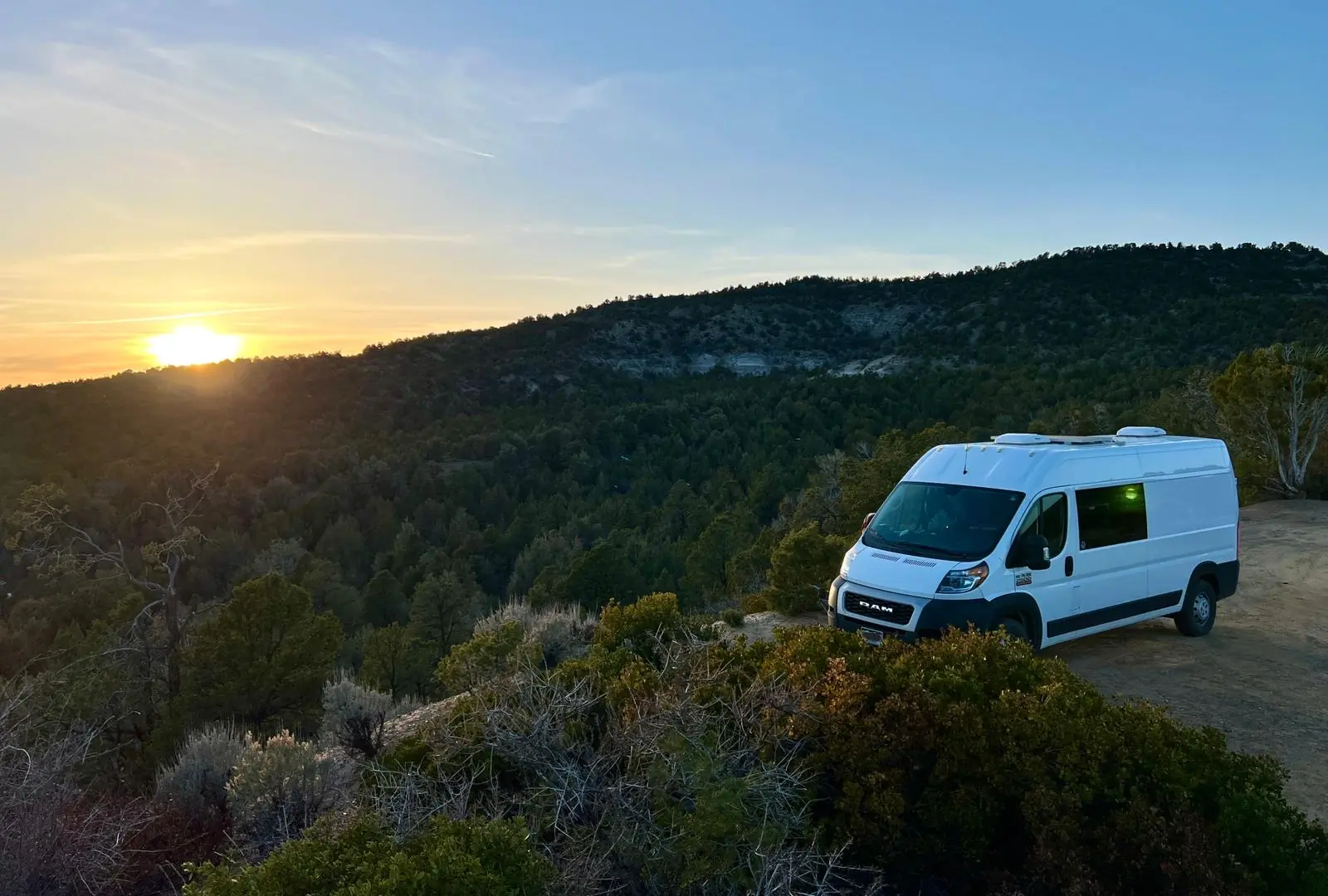



Getting old(er) sucks.
While I hope that I still have many years of adventure left in me, the harsh realities of dealing with fragile human bodies are extremely challenging while living a nomadic lifestyle.
Being a nomad means not having a primary care physician or a dentist, even if you left one behind in your hometown when you moved into your van. Because, usually, when something happens, you’re 1,000 miles away from them.
Urgent care visits can only get you so far, especially if you find there’s a serious issue that you have to deal with.
Whether that means a long bout of weekly physical therapy, dental appointments that need to be scheduled weeks in advance, referrals to specialists (which most emergency room doctors can’t furnish), or even scheduling and recovering from surgery, the need for medical care can quickly stop you in your tracks.
It did for us.
But it doesn’t mean that it has to stop you forever. There are innumerable ways to deal with this harsh reality.
You could consider adopting a hub-and-spoke strategy, whereby you continue to live in your van full-time but maintain a hub that you return to often for medical appointments.
If it’s a serious issue, you could choose to rent a house for a few months (or a year) to deal with whatever problem arose before continuing on.
Hardships inevitably arise. The question is: How do you choose to deal?
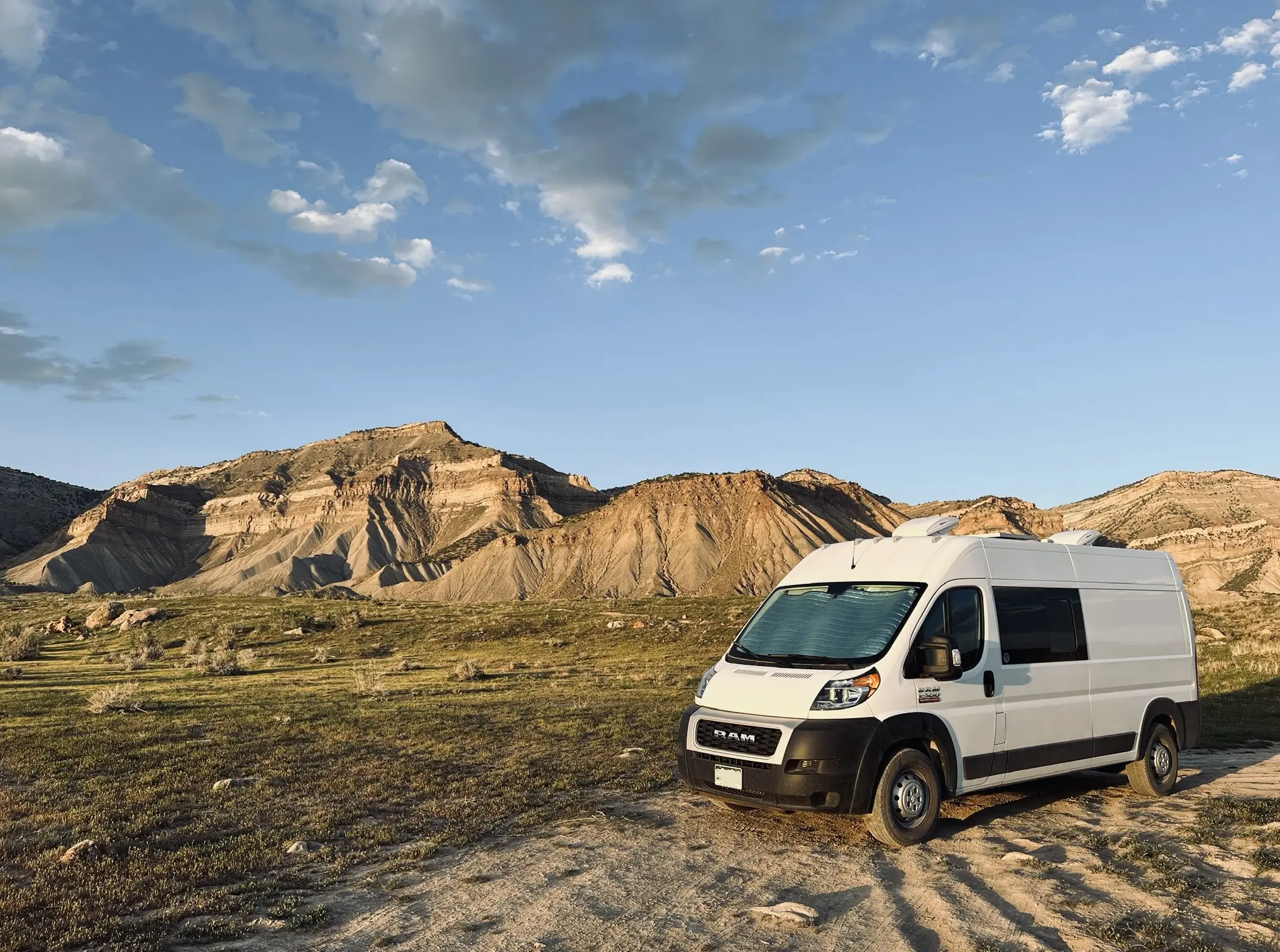



The choice to live a nomadic life, reduce your possessions to only what can fit in a van, and hit the road in pursuit of adventure is a radical life choice. It’s predicated on rejecting the status quo and thinking differently.
Even if life gets difficult, that doesn’t mean that you have to quit, sell your adventure vehicle, buy a condo, and resign yourself to a cubicle for the rest of your life.
Instead, the challenges that you’ll inevitably face are invitations.
They’re invitations to practice your out-of-the-box thinking and problem-solving skills. They’re opportunities to find creative solutions or reimagine your lifestyle to allow you to overcome the future challenges you’re sure to face.
A rewarding life isn’t a life bereft of problems. A rewarding life consists of facing interesting problems head-on and solving them in creative ways. And to me, that’s van life in a nutshell.
Van Life FAQ and Tips for the Road
Editor’s note: GearJunkie editors expanded this article in 2025 with the information below for those pursuing the van lifestyle.
What kind of van should I get for van life?
The best van for van life depends on your budget, needs, and frankly, your mechanical abilities. Common platforms include the Mercedes Sprinter, Ford Transit, and Ram Promaster. Some choose older models like the Chevy Express or even school buses. Consider interior height, fuel economy, reliability, and ease of maintenance.
Do I need a 4WD or AWD van?
Not necessarily. Most van lifers get by with two-wheel drive. That said, if you plan to camp off-grid in areas with mud, snow, or sand, AWD or 4WD adds peace of mind and better capability. Just remember, it’s still a van, meaning it’s tall and large, so don’t expect to do a lot of rock crawling even with 4WD.
How do you shower while living in a van?
It depends on your van build, but many van lifers either use gym memberships, truck stop showers, public rec centers, or rinse off with solar showers. Some install indoor or outdoor showers with water tanks, but this is a tradeoff for space in the van.
How do you go to the bathroom in a van?
Cassette toilets, composting toilets, or even simple pee bottles and wag bags are common. Public restrooms, campground facilities, and portable toilets are part of the routine.
What about safety and security?
Van life is generally safe, but precautions help. Lock your doors, install motion lights or cameras, avoid sketchy parking areas, and trust your gut.
How do you find free campsites?
Apps like iOverlander, Campendium, FreeRoam, and The Dyrt help locate legal dispersed camping spots. National Forests and BLM lands are gold mines, and apps like onX Maps give clear land ownership information. Always verify regulations and Leave No Trace.
Is it legal to sleep in your van anywhere?
No. Some towns enforce anti-camping ordinances. Always research local laws. Parking lots (like Walmart or Cracker Barrel), truck stops, and rest areas may be options, but discretion is key.
How do you make money while traveling full-time?
Remote work, freelance gigs, seasonal jobs, and content creation are popular options. Many van lifers teach online, code, write, or do virtual assistant work. Others work gigs like camp hosting or trail maintenance are also an option.
Can I live in a van with pets?
Absolutely. Many van dwellers travel with dogs or cats. Consider space, temperature control, and pet safety.
How do you handle healthcare and insurance?
Health insurance options include marketplace plans, health-sharing networks, or COBRA. Look for nationwide provider access. Travel medical insurance is also worth researching.
What’s the best way to power electronics?
Solar power is popular. Combine panels with a charge controller, inverter, and lithium battery bank. Many also wire to the van’s alternator for charging while driving. A backup generator or shore power can supplement it.
How do you keep warm in winter?
Insulation, window coverings, diesel heaters (like Webasto or Espar), and propane heaters help. Cold weather is one of the most challenging parts of van life. Plan your travel to follow warmer climates when possible.
How do I keep food fresh and cook meals?
Use a 12V fridge or cooler. Cook with propane stoves, induction burners (if you have solar), or camp grills. Meal planning is crucial with limited space.
Is full-time van life sustainable long-term?
Yes — for some. Many enjoy it for a few years, and then transition to part-time travel. Sustainability depends on your income, health, tolerance for uncertainty, and personal relationships.
Do I need to downsize everything I own?
Yes. Living in a van requires radical downsizing. You’ll live with far fewer clothes, tools, and gear. Some van lifers rent a small storage unit or leave boxes with family.
What are common rookie mistakes?
Overpacking, poor insulation, ignoring maintenance, underestimating costs, not planning routes or weather, and not leaving a margin for rest or emergencies.
What’s the best way to stay clean on the road?
Wet wipes, sponge baths, gym memberships, and public showers all work. Plan ahead, as staying fresh takes effort.
Is it hard to find water on the road?
It can be. Many fill up at gas stations, campgrounds, rest stops, or water kiosks. Apps like iOverlander help. Always filter questionable sources.
Do you need to build your own van?
No. DIY builds save money but require time, skill, and tools. Professional conversions are convenient but expensive. You can also buy pre-owned vans or partially finished rigs.
What’s better: high-roof or low-roof vans?
High-roof vans allow standing room and more comfort, especially for full-time living. Low-roof vans are stealthier, cheaper, and fit in more garages. Tradeoffs depend on priorities.
How do I make my van feel like home?
Add cozy bedding, artwork, lighting, and little comforts. Keep it clean and organized. Personal touches matter more than square footage.
Is van life eco-friendly?
It can be. Living small, driving less, using solar, and minimizing consumption all help. But frequent driving and van construction still have an environmental cost.
How do you stay organized?
Use bins, drawers, roof boxes, and labels. A place for everything is essential. Clutter builds quickly in a tiny space.
